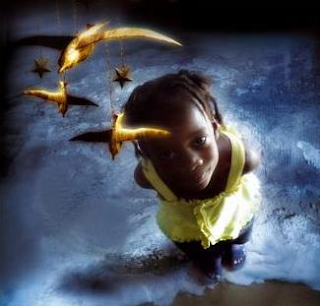It’s a cultural smorgasbord! It’s as varied and rich as the several cultures that together make up Belizean cuisine. Belizean food can be as peppery and fiery as the heat of the tropical sun, or as cool and refreshing as the crystal clear Caribbean waters that wash the Belizean shores. Or it can be as light and bright as the hundreds of birds that sing in Belizean jungles, or as savory and earthy as the dozens of wildlife that roam her acres of primary forest. With the addition of immigrants from India , mainland China , Nigeria
Ingredients:
- 1 1/2 lbs (750 grams) Chicken Wings
- 3 tbsp Grated Onion
- ½ tbsp Grated Orange peel
- 2 tbsp Grated fresh Ginger
- 1 tsp Salt
- 1/3 cup Honey
- 3 tbsp Soya Sauce
- ½ tsp Crushed pepper Sauce
- 2 tbsp Prepared Mustard
- ¼ cup Tomato Ketchup
- 3 tbsp Vegetable Oil (optional)
How to cook it:
Preheat oven to 400 degree F/ 200 degree C.
Cut off tips of chicken wings, cut each wing in half at the joint.
Rub onion, orange peel, ginger and salt on wings,
Whisk honey, Grace Soya sauce, Grace crushed pepper sauce, mustard and Grace Tomato Ketchup and oil.
Mix well and pour over chicken wings.
Cover and marinate for 2 hours or overnight.
Place chicken wings with sauce in a single layer on baking sheet.
Bake until golden brown.
Serving Suggestions: Serve honey hot wings with additional sauce.
© Text and image: www.gracekennedybelize.com















